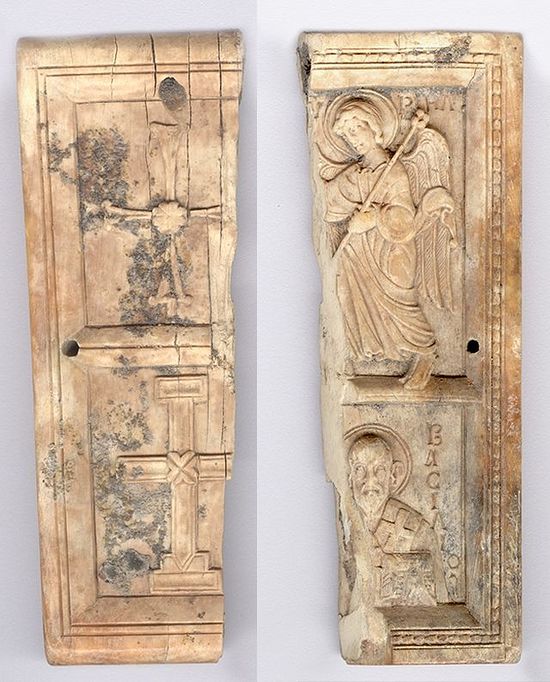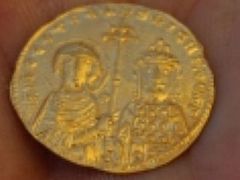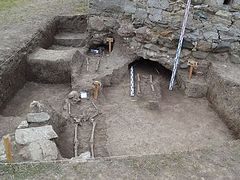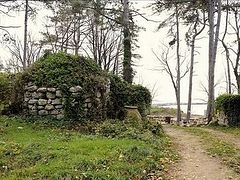Rusokastro, Bulgaria, July 27, 2017
Archaeologists excavating the major medieval Bulgarian fortress of Rusokrasto in southeast Bulgaria have discovered a rare 10th-century ivory icon, believed to have belonged to a member of the Byzantine imperial family, reports Archaeology in Bulgaria.
The Rusokastro Fortress was the site of the last major military victory of the medieval Bulgarian Empire in 1332, before it was conquered by the Turks later in the same century. In the battle, Tsar Ivan Alexander of the Second Bulgarian Empire defeated Byzantine Emperor Andronicus III Palaelogus.
The ivory icon, featuring images of the Archangel Gabriel and St. Basil the Great on the front and two crosses on the back, is an “extremely rare and elite find” according to the Burgas Regional Museum of History. The image of St. Gabriel is believed to be part of an Annunciation scene, and the ivory icon part of a larger three-paneled triptych.
The Byzantine imperial family “were the only ones who could afford to receive ivory, which was extremely expensive in the Middle Ages—back then it was worth more than gold,” according to the museum, which also points out that no more than fifteen such ivory icons have been discovered worldwide. Only one other such item is known in Bulgaria—an ivory icon of the Dormition of the Theotokos in the northern city of Veliko Tarnovo.
The Rusokastro Fortress has been excavated by archaeologists Milen Nikolov and Tsanya Drazheva from the Burgas Museum, including several churches and a monastery named for St. George which was active in the 11th-14th centuries. A Christian cemetery in the fortress was destroyed during military drills in Eastern Bulgaria in 1982.




